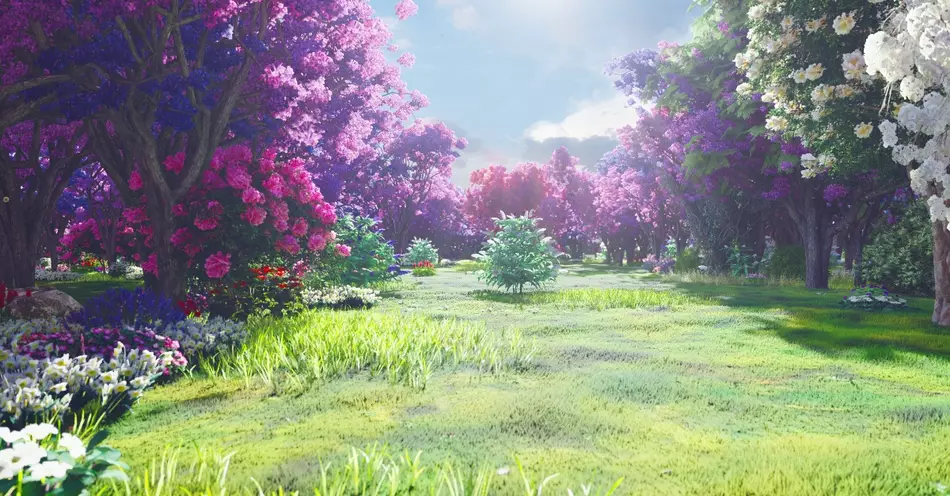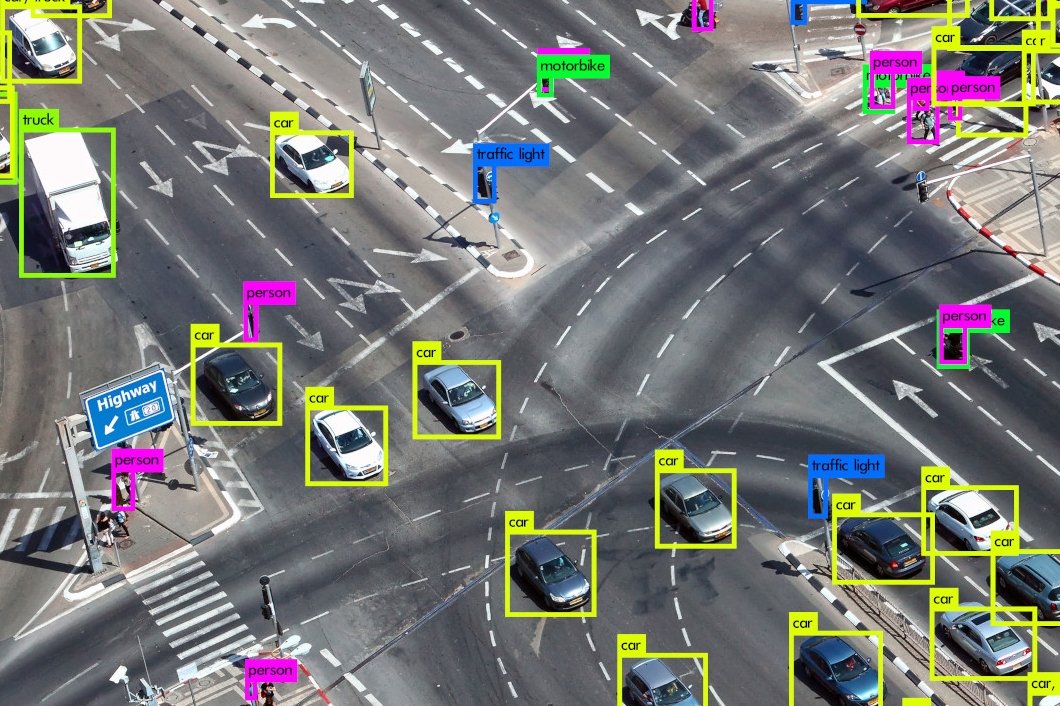Title: The Rise of AI in Image Generation: Revolutionizing the Creative Process
Title: The Rise of AI in Image Generation: Revolutionizing the Creative Process
The Rise of AI in Image Generation: Revolutionizing the Creative Process
Introduction
Artificial Intelligence (AI) has made significant strides in recent years, transforming various industries and revolutionizing the way we live and work. One area where AI has made remarkable progress is in image generation. With the help of advanced algorithms and deep learning techniques, AI is now capable of creating stunning and realistic images that were once only possible through human creativity and expertise. In this article, we will explore the exciting advancements in AI-powered image generation and the implications it holds for various fields.
The Power of Generative Adversarial Networks (GANs)
At the forefront of AI image generation are Generative Adversarial Networks (GANs). GANs consist of two neural networks: a generator and a discriminator. The generator network creates images, while the discriminator network evaluates the generated images against real ones. Through a continuous feedback loop, both networks improve their performance, resulting in increasingly realistic and high-quality images.
GANs have proven to be highly effective in generating images across various domains, including art, fashion, and even medical imaging. By training on vast datasets, GANs can learn to mimic the style, texture, and composition of existing images, enabling them to generate new and unique visuals.
Applications in Art and Design
AI-generated images have found a significant place in the art and design world. Artists and designers are now leveraging AI algorithms to create original and thought-provoking pieces. AI-generated art has gained recognition in prestigious galleries and exhibitions, blurring the lines between human and machine creativity. These AI-generated artworks not only challenge traditional notions of authorship but also offer new perspectives and possibilities for artistic expression.
In the design realm, AI-generated images are being used to inspire and assist designers in their creative process. By inputting specific parameters and preferences, designers can generate a multitude of design options, saving time and effort. AI-generated images can also be used to create realistic prototypes, allowing designers to visualize their ideas before committing to physical production.
Advancements in Medical Imaging
AI-powered image generation has also made significant advancements in the field of medical imaging. By training on vast datasets of medical images, AI algorithms can generate synthetic images that closely resemble real patient scans. These generated images can be used to augment limited datasets, aiding in the development of more accurate diagnostic tools and treatment plans.
Furthermore, AI-generated images can simulate various medical conditions, allowing healthcare professionals to practice and refine their skills without putting patients at risk. This technology has the potential to revolutionize medical education and training, ensuring that healthcare providers are well-prepared to handle complex cases.
Ethical Considerations and Challenges
While AI-generated images offer immense potential, they also raise ethical concerns. The ability to create highly realistic fake images can be misused for malicious purposes, such as spreading misinformation or creating deepfakes. As AI algorithms become more sophisticated, it becomes increasingly challenging to distinguish between real and AI-generated images, posing significant challenges for society.
To address these concerns, researchers are actively working on developing techniques to detect AI-generated images and establish ethical guidelines for their use. Transparency and accountability are crucial in ensuring responsible deployment of AI-generated images.
Conclusion
AI-powered image generation has opened up new frontiers in creativity and innovation. From art and design to medical imaging, AI algorithms are transforming the way we generate and interact with images. While ethical challenges persist, the potential benefits of AI-generated images are vast and promising. As technology continues to advance, we can expect AI to play an increasingly significant role in shaping the future of visual expression and creative industries.



























